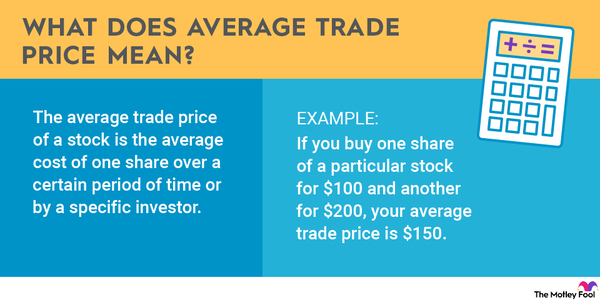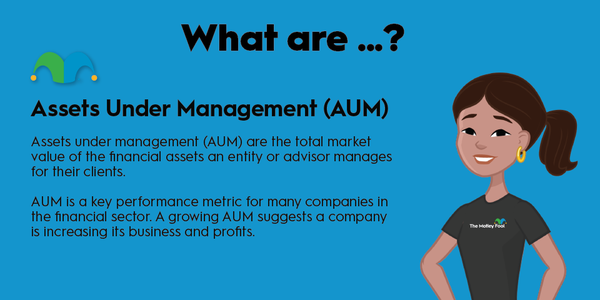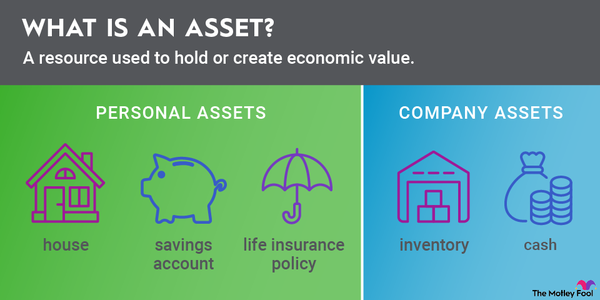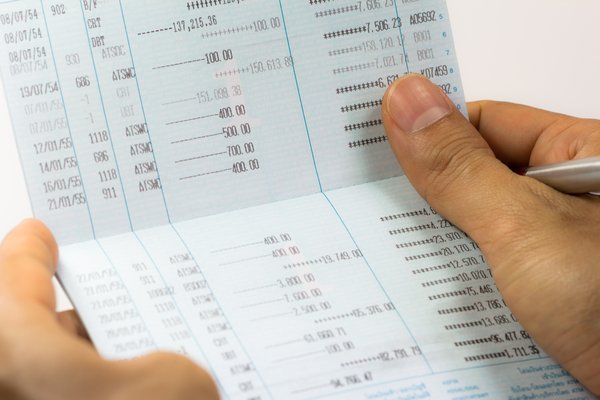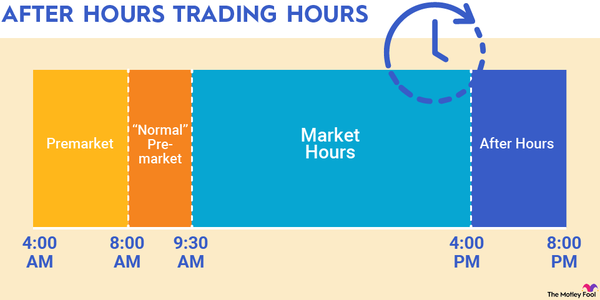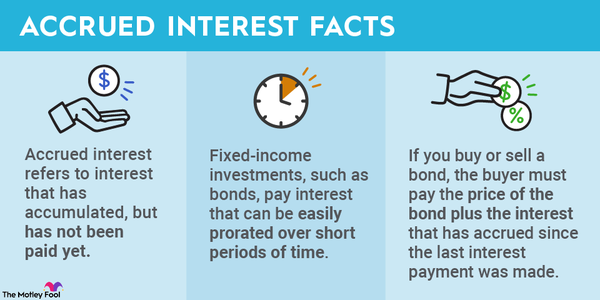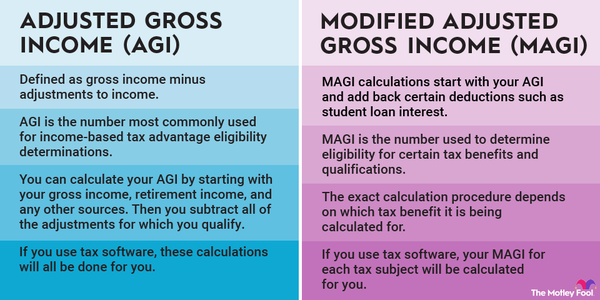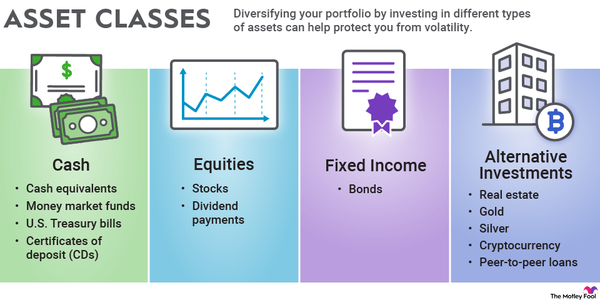There are a lot of cognitive biases that can lead us astray as investors, including the anchoring bias. When we're trying to make our next financial move, an anchoring bias can make it very hard to do the thing that's best for ourselves in the moment.

What is anchoring in investing?
What is anchoring in investing?
Anchoring, or rather, an anchoring bias, is a concept in behavioral economics that describes a person making a financial decision based on an irrelevant data point. That data point is the anchor, even if it doesn't have any real information to support it.
Anchoring is most common when you're dealing with a purchase or financial decision that isn't easy to value. When someone falls into the anchoring bias trap, they take data that seems relevant, but actually isn't, and uses that to create a new financial thesis. This is where things can go very wrong for investors -- anchoring can become a very costly mistake.
Example of anchoring bias
Examples of anchoring bias
Let's look at a couple of examples of an anchoring bias in hopes of better understanding what it is so we can later figure out how to work around this subconscious bump in the road.
Example 1. You're shopping for a one-of-a-kind piece of furniture at an antique store with a fixed budget of $1,000. You find a piece that you think will be ideal for your needs, but it's marked at $1,500. You don't have a background in antique furniture, but the tag says so, so you assume it must be worth $1,500 – that price just became your anchor.
If you negotiate with the owner to get it to $1,250, you will believe you got a great deal, even if you didn't, since your brain decided that the value of the item was $1,500 based on potentially erroneous data. Fortunately, in this instance, you're buying something for yourself, so the intrinsic value matters a lot less than if you're buying it as an investment to resell.
Example 2. Your friend has been enthusiastic about XYZ, Inc.'s meteoric rise in the market for months now, and you have finally decided that it's time to jump in. They tell you that it's only been going up and up, and you don't want to miss out on any more gains. So, you buy shares at $100 each, which becomes your anchor point.
Unfortunately, you didn't do any due diligence, instead trusting your friend, and when the stock hits a little bump, dropping it to $85 per share, your anchor is still fixed at $100, so you hold on, even though you don't know what's causing the drop. Your brain is convinced it's worth at least $100 based on your anchoring bias.
A month later, it's at $65, and you're still waiting for the stock to rise again. You stay in that mindset for far too long, eventually selling at $50 and losing 50% of your investment. Your anchor point did you wrong.
Using it to your benefit
How can you use anchoring to your benefit?
An anchoring bias can cause you a world of hurt, but being aware of it can also help you, if you're savvy enough to take advantage. When you're selling an item, like that antique you overpaid for in our first example, you can start with a higher price than what you expect to get -- many people do this in practice anyway.
When you set the price at $1,750, for example, you can be fairly confident that you'll be offered less, but you'll still end up with more than you paid by starting so high because the person you're selling to is also being affected by an anchoring bias. When you come down, and they come up in the negotiation, they're doing so from their anchor point of $1,750 and not the one you have in your own head, which may still be the $1,500 sticker price.
Another place where anchoring biases can help you would be in selling more difficult-to-price assets like real estate. Real estate has intrinsic value that can be appraised, but with things like multifamily and commercial properties, it's very hard to get an exact figure because there are no two properties that are identical. So, if you price the property higher than you believe it's worth but not so high that you won't get an offer, the anchoring bias can come into play again.
A potential buyer will look at the property, make an offer based on the price you're asking -- their anchoring bias -- and you take it from there. You may be asking $3 million for a small commercial building, for example, and the buyer may offer $2.75 million rather than the $2 million they were planning to spend when they started shopping.
Related investing topics
Avoiding negative effects
Avoiding the effects of anchoring
As an investor, you absolutely must do what you can to avoid the effects of the anchoring bias. It's difficult to overcome, and many people fall for it even when they're trying not to, so don't beat yourself up if you manage to fall into the hole now and again. Here are a few things you can do to avoid an anchoring bias in investing:
Research your investment thoroughly
If you know your investment through and through, and you're able to determine a value for it based on how much money it should earn for you, then you can be confident that you'll not fall into an anchoring bias trap. For example, if you're looking at a company's stock that's currently selling for $100 per share, but the company's balance sheets and dividend don't support that number, calculate what you believe it's worth -- then stick to that number unless something changes within the company. The same goes for any investment, really.
Allow yourself to say no
Although it's not strictly the result of the anchoring bias, not backing down from an investment when you believe it's overpriced can certainly be a side effect. If you know what you believe the investment is worth, but someone claims otherwise, it's easy to shift your anchor to what you're being told by someone you may believe knows more than you. The fact is that they probably don't; they just want to get as much from their investment as they can before it becomes yours. If an investment doesn't meet your criteria, walk away, regardless of what someone else claims it's worth; take the risk of being wrong about saying no rather than saying yes.
Be aware of your market as a whole
Whether you're trading in the secondary bond market or you're buying stocks in utility companies, be aware of your market as a whole. There are certainly reasons for outliers to exist, but if you're aware that the average municipal bond in Cincinnati with a specific coupon rate goes for X dollars on the secondary market, don't be tempted to pay more simply because someone has the audacity to claim they have an outlier for sale. Be aware of the market and the range within the market -- this can help you see red flags before they become anchors.












